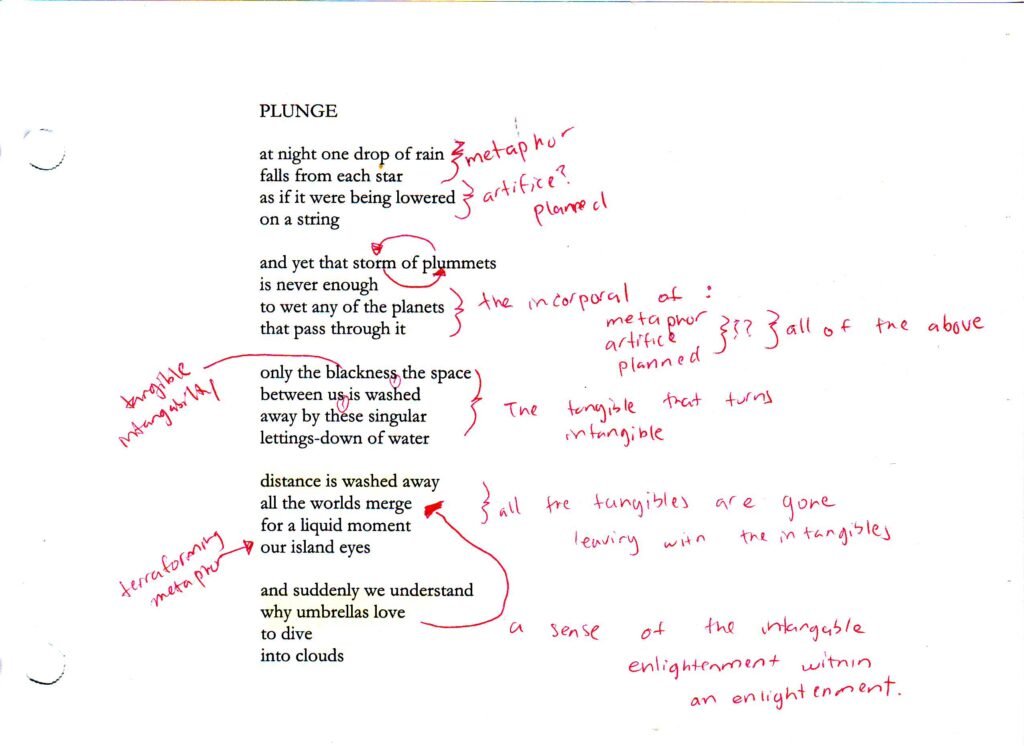Non-poetry is a broad literary form that encompasses a variety of written works outside the realm of verse or poetic expression. It includes genres like prose, essays, fiction, non-fiction, and many other forms of communication that prioritize clarity, storytelling, argumentation, or information over rhyme, rhythm, and metaphor. As an essential aspect of human communication, non-poetry serves as a powerful tool for expressing ideas, telling stories, and educating audiences.
In this article, we will explore non-poetry in-depth, including its background, key components, and how it impacts our understanding of literature and the world around us.
Background to Non-Poetry
Non-poetry as a literary form has existed for centuries, with roots tracing back to ancient civilizations. From historical accounts to philosophical writings, the tradition of non-poetic writing is rich and diverse. Early works like the epics of Homer (e.g., The Iliad and The Odyssey) were originally composed in a poetic form, but many classical works such as Greek tragedies, Roman histories, and political treatises were written in prose, which can be categorized as non-poetry.
As literature evolved, non-poetry grew in various directions—novels, short stories, plays, and essays all emerged as popular forms of written expression. Non-poetry, in contrast to poetry, tends to focus on narrative structure, argumentation, and the transmission of clear ideas. Its flexibility allows authors to delve into complex subjects without being confined to the meter and rhyme required in poetry.
Summary and Key Details of Non-Poetry Works
Non-poetry encompasses a range of genres, each with its own distinctive features. Let’s break down the core elements of these literary forms:
- Prose: The most common form of non-poetry, prose includes novels, short stories, and essays. The key feature of prose is that it is written in ordinary language, without a structured verse form.
- Example: To Kill a Mockingbird by Harper Lee is a novel written in prose that explores complex themes like racism, justice, and childhood innocence.
- Fiction: This category includes novels and short stories that primarily focus on invented narratives. Authors use fiction to tell stories that may or may not be based on real-life experiences.
- Example: 1984 by George Orwell is a fictional narrative that critiques totalitarianism, surveillance, and individual freedom.
- Non-Fiction: This form deals with factual information and real-world events. It includes biographies, memoirs, historical accounts, and journalistic pieces.
- Example: The Diary of a Young Girl by Anne Frank is a non-fiction memoir documenting the experiences of a Jewish girl hiding from the Nazis during World War II.
- Essays: Essays are short pieces of writing that offer an argument or reflection on a particular topic. They range from personal essays to formal academic writing.
- Example: A Modest Proposal by Jonathan Swift is a satirical essay that critiques British society’s treatment of the poor in Ireland.
- Plays: Though often considered a form of drama, plays are written works that are meant to be performed on stage. They are usually written in dialogue form and explore human experiences through character interaction.
- Example: Death of a Salesman by Arthur Miller is a play that critiques the American Dream through the struggles of the protagonist, Willy Loman.
Key Plot Details and Setting in Non-Poetry Works
The setting of a non-poetry work plays a crucial role in shaping its themes and characters. Unlike poetry, which often abstracts or condenses meaning through symbolism, non-poetry focuses on providing context and situational elements that ground the story.
For example, in novels like The Great Gatsby by F. Scott Fitzgerald, the setting of 1920s America, with its economic excesses and moral decay, is integral to understanding the characters’ motivations and the thematic exploration of the American Dream.
In non-fiction works, the setting might be historical or contemporary, depending on the subject matter. For instance, Night by Elie Wiesel is set in Nazi concentration camps during the Holocaust, providing a grim backdrop for Wiesel’s personal experiences and the universal themes of human suffering and survival.
5 Class Activities for Exploring Non-Poetry
- Prose Writing Exercise: Ask students to write a short prose piece based on a real-life event or a fictional scenario. This activity will help students understand the importance of narrative structure and character development in non-poetry.
- Genre Analysis: Have students read a work of fiction and non-fiction and compare the different techniques used by the authors. Focus on narrative style, tone, and the way the setting influences the plot.
- Essay Writing Workshop: Organize a workshop where students write essays on a topic of their choice, using evidence and argumentation to support their claims. This will help students master the art of formal writing and effective communication.
- Character Study: Choose a novel or short story, and ask students to analyze the protagonist’s character development throughout the story. Focus on how the character’s environment and actions shape their growth or decline.
- Group Discussions on Historical Non-Fiction: Assign a piece of historical non-fiction, and have students discuss how the author presents historical events. Encourage them to critically analyze the author’s perspective and how it influences the reader’s understanding of history.
5 Class Assignments for Non-Poetry
- Short Story Creation: Students are tasked with writing a short story that explores a central theme (e.g., love, betrayal, or ambition) using prose. This assignment will challenge students to construct meaningful narratives with well-developed characters.
- Comparative Book Review: Assign students to read two works from different genres (fiction and non-fiction). Students will compare and contrast the themes, writing styles, and use of setting in the works, discussing how each genre impacts the reader’s understanding.
- Essay on Non-Fictional Writing: Ask students to write an essay on a non-fictional work of their choice. They should focus on analyzing the author’s argument and discussing how it contributes to their understanding of a specific subject.
- Creative Writing Prompt: Provide students with a prompt related to current societal issues (e.g., political upheaval or economic inequality). Students must write a fictional or non-fictional piece exploring the topic, emphasizing the role of context in shaping their narrative.
Research Paper on Non-Poetry Genres: Students will conduct research on various non-poetry genres (fiction, non-fiction, essays, etc.) and write a paper discussing their historical evolution, key characteristics, and importance in modern literature.
The Power of Words
by ChatGPT
Words may not rhyme, but they speak so clear,
In prose, they find a way to draw us near.
They paint the sky and carve the deepest seas,
They take us to the past and set our minds at ease.
In stories told, both fiction and true,
They shape the world, and transform our view.
A simple phrase can mend a broken heart,
Or build a bridge where none could start.
Through essays penned, the truth is told,
Of history’s lessons, both young and old.
In every line, we seek to understand,
The power of prose, with every hand.
So let us write and let us speak,
In every language, both bold and meek.
For words, though simple, can truly ignite,
A world of change, a future bright.
Conclusion
Non-poetry is a versatile and integral part of literature, encompassing works that not only entertain but also inform, educate, and inspire change. Through prose, fiction, non-fiction, and essays, non-poetry provides readers with a window into human experiences, societal issues, and the world at large. By engaging with these different forms, readers and writers alike can gain deeper insights into the human condition and explore complex ideas and narratives.
Non-poetry allows for a more straightforward expression of thoughts and events, making it an essential vehicle for clear communication in all fields—literature, journalism, history, and beyond. Whether you’re writing a research paper, creating a novel, or reading an essay, non-poetry offers the tools to shape ideas, communicate effectively, and explore the world in a meaningful way.

